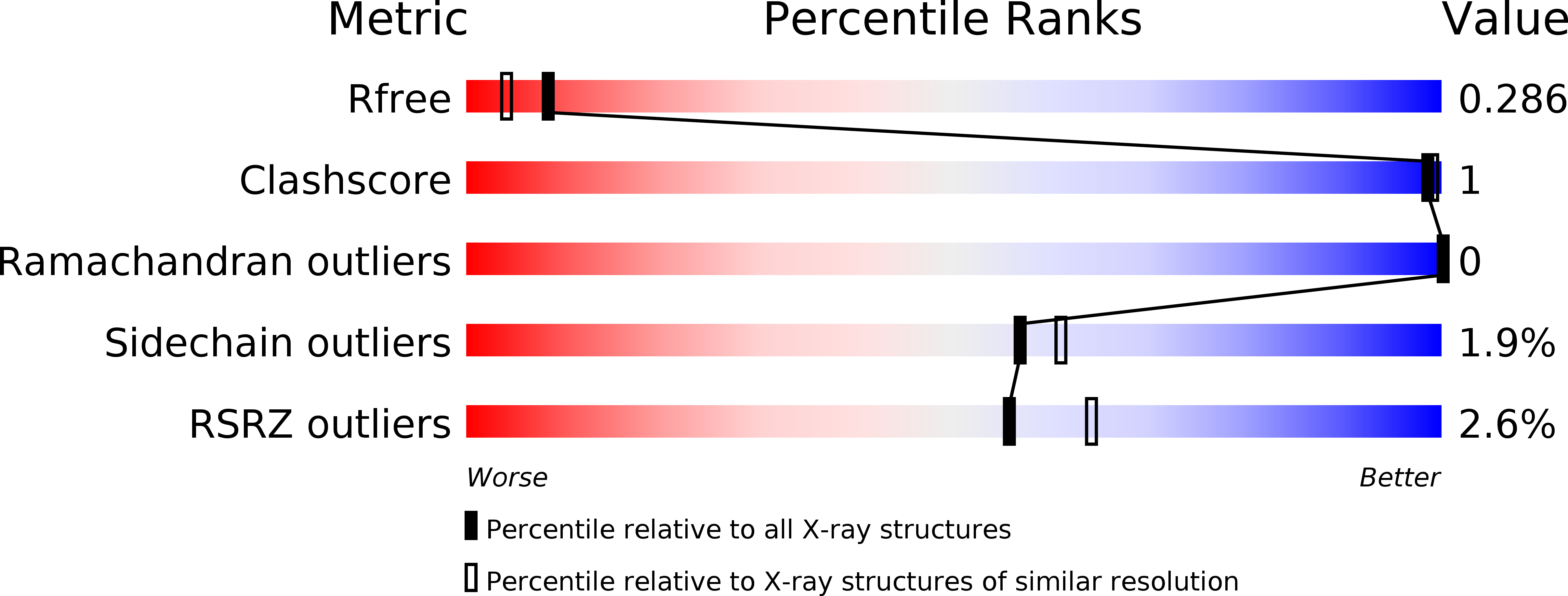
Deposition Date
2019-02-13
Release Date
2019-09-25
Last Version Date
2024-10-23
Entry Detail
PDB ID:
6JGF
Keywords:
Title:
Crystal structure of Se-Met CadR from P. putida with a 21 residue C-terminal truncation
Biological Source:
Source Organism:
Pseudomonas putida (Taxon ID: 303)
Host Organism:
Method Details:
Experimental Method:
Resolution:
2.15 Å
R-Value Free:
0.28
R-Value Work:
0.23
R-Value Observed:
0.23
Space Group:
P 31 2 1


